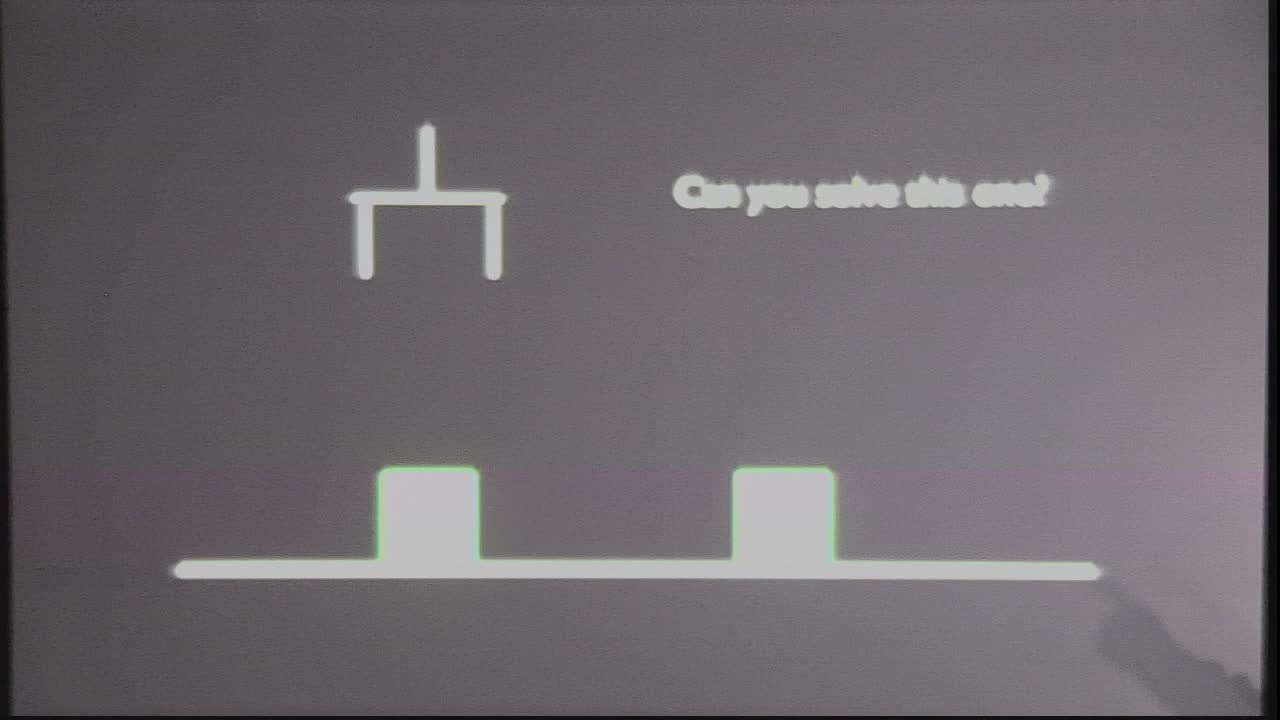Extrinsic Dexterity for In-Hand Manipulation
Presenter
March 6, 2014
Keywords:
- Stochastic model
MSC:
- 91B70
Abstract
In-hand manipulation means moving or turning an object in the hand. For example, when you pick up a hammer, you have to shift it to the proper grasp before using it. Most studies of in-hand manipulation work by wiggling the fingers for small motions, or walking the fingers along the object surface for larger motions. But there have been several studies in the past of other approaches. An object can be rolled in the hand, just using dynamics and gravity. Or an object's pose can be adjusted by pressing it against an external contact. Or the hand can toss the object in the air and then catch it in a different pose. These all have one thing in common: instead of the intrinsic motion capabilities of the hand, they rely on extrinsic resources: external surfaces, dynamic motion capabilities of the arm, and gravity. This talk will present recent work on this class of actions, which we call "extrinsic dexterity". The talk will demonstrate several extrinsically dexterous operations and outline some of the challenges and planned work. Because of the challenges of developing physics models of these operations, we are using machine learning techniques to derive stochastic models from practice.
This work is a collaboration with Nikhil Chavan Dafle, Alberto Rodriguez, Robert Paolini, Bowei Tang, Siddhartha S. Srinivasa, Michael Erdmann, Ivan Lundberg, Harald Staab and Thomas Fuhlbrigge.
